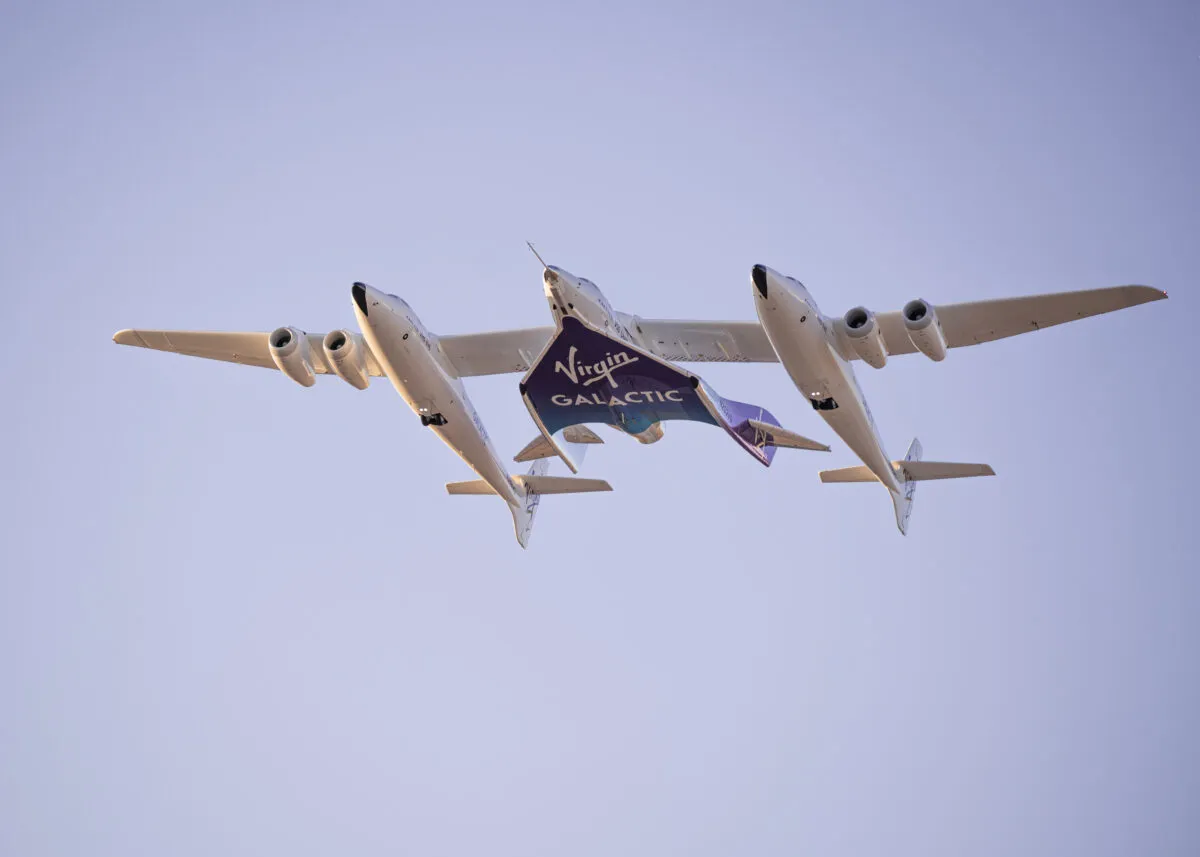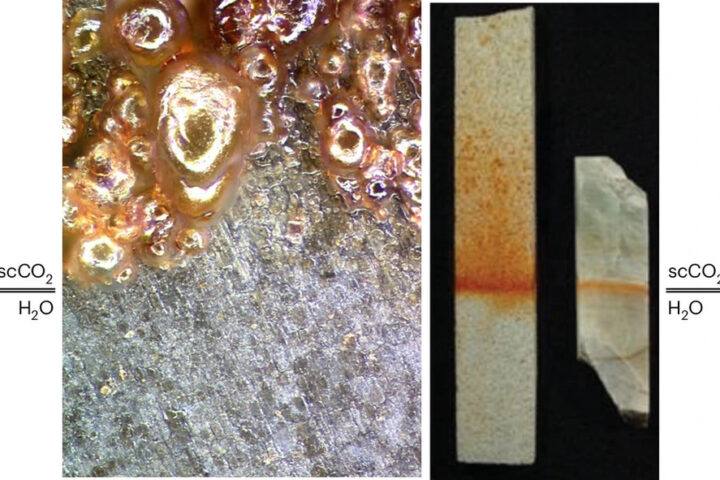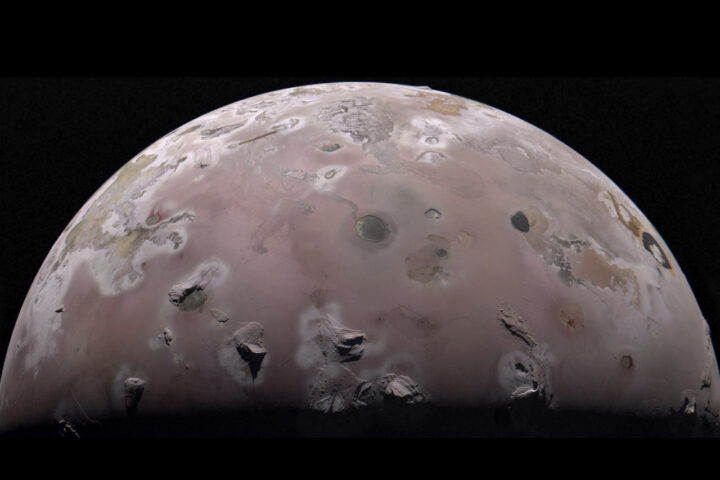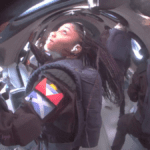Following a successful journey to the edge of space on Thursday, Virgin Galactic is prepared to launch its commercial service in June. Around 9:15 a.m. MT, Virgin Galactic’s VMS Eve aircraft, carrying a crew of six (plus two aircraft pilots), blasted off from the New Mexico launch site. After being launched from the jet’s wing a little more than an hour later, the VSS Unity spacecraft blasted out to suborbital space at 44,500 feet. There was no official broadcast for Unity 25, the mission that brought the company’s activities to a close after a nearly two-year hiatus, but social media updates kept supporters updated.
Employees of Virgin Jamila Gilbert, Christopher Huie, Luke Mays, and Beth Moses were part of the Unity 25 team. Mike Masucci and CJ Sturckow flew the VSS Unity spacecraft, and Jameel Janjua and Nicola Pecile commanded the VMS Eve. After nearly two years of rest, Virgin Galactic’s spacecraft took out on its last test journey to suborbital space. Six people were on board for the roughly 90-minute voyage, which was an essential first step for Virgin Galactic’s long-awaited commercial service. Around 9:54 p.m., the VSS Unity spacecraft launched to the edge of space from its twin-fuselage carrier aircraft over the desert of New Mexico. The spaceship successfully launched and reached space, reaching a height of 87 km before gliding back to the runway, according to a tweet from Virgin Galactic.
VSS Unity was seen accelerating away from its carrier vessel and trailing a trail of white exhaust in a live video feed from NASA Spaceflight. Michael Colglazier, CEO of Virgin Galactic, praised the “Unity 25” flight as an outstanding accomplishment and voiced confidence in the exclusive astronaut experience offered to consumers. Virgin Galactic’s crews will conduct post-flight analysis and get ready for the commercial research trip, “Galactic 01,” which is scheduled for late June. The two primary mission goals—conducting a final evaluation of VMS Eve and VSS Unity and assessing astronaut training and spaceflight experience—were both accomplished, according to Virgin Galactic. By a deal agreed in 2019, three officers with the Italian Air Force will board the commercial trip scheduled for late June. Despite technological setbacks and regulatory delays, Virgin Galactic still has a $1 billion runway. Virgin Galactic plans to operate a $450,000 voyage once a week utilizing its under-construction Delta-class suborbital spacecraft. Jamila Gilbert, who oversees internal communications for the firm and is from southern New Mexico, was one of the team members assessing the experience for paying clients. Before the first commercial voyage in late June, the roughly 90-minute Unity 25 mission serves as a key final test flight. The journey takes place 22 months after billionaire Branson and crew flew in a Spaceship Two spacecraft to the very edge of space. The U.S. conducted a safety investigation into Branson’s flight.
Similar posts
Commercial operations were delayed due to the Federal Aviation Administration and a protracted spacecraft upgrading phase. Virgin Galactic has been attempting to send paying customers on brief space flights for more than ten years, and in 2021 the federal government finally granted its request. To prepare for commercial operation, Virgin Galactic will analyze the data from Thursday’s trip and examine the aircraft and other equipment. Following the investigation and equipment inspection, Virgin Galactic plans to launch commercial service, maybe as early as late June.


















